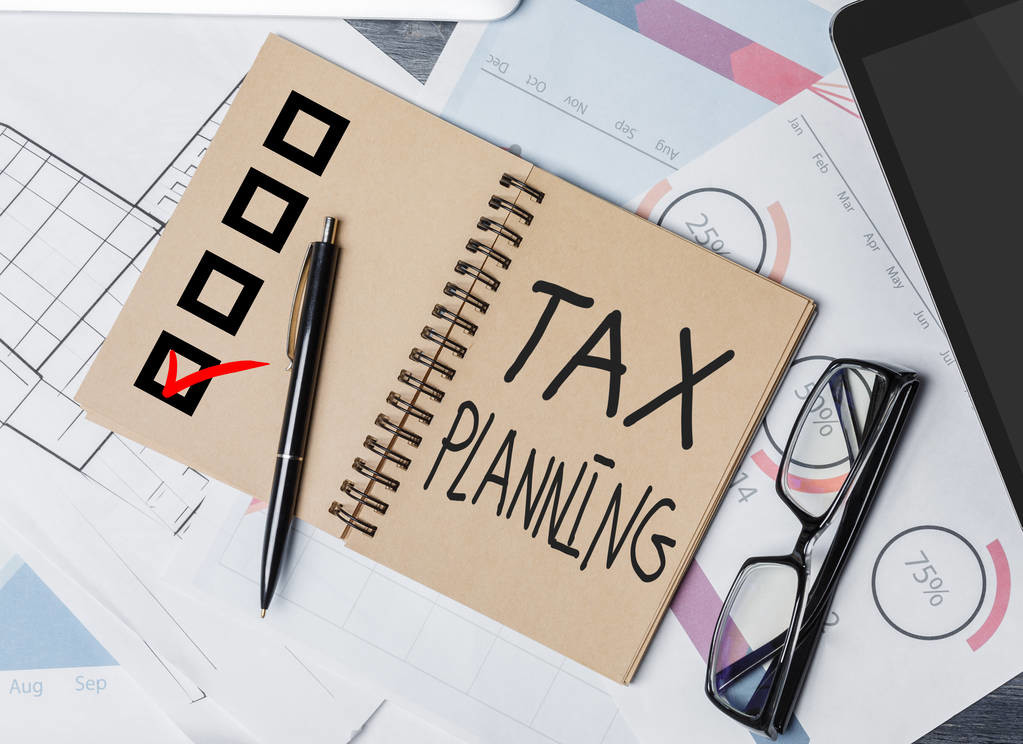Smart Tax Planning Strategies for Small Businesses in 2025
Maximize Deductions for Small Business Tax Planning 2025
Small business owners face unique challenges when it comes to tax planning, especially as tax laws continue to evolve. With 2025 bringing potential changes to deduction amounts, tax credits, and business income regulations, now is the perfect time to reassess your tax strategy.
Effective tax planning isn’t just about minimizing what you owe—it’s about positioning your business for sustainable growth while staying compliant with ever-changing regulations. The businesses that thrive are those that take a proactive approach, leveraging every available deduction and credit while maintaining accurate records throughout the year.
Whether you’re a tech startup investing in research and development or a restaurant owner considering energy-efficient upgrades, the right tax strategies can significantly impact your bottom line. This guide will walk you through the essential tax planning strategies every small business owner should consider for 2025.
Maximize Deductions for Business Expenses
The foundation of smart small business tax planning lies in understanding and maximizing your eligible deductions. These deductions directly reduce your taxable income, which means more money stays in your business.
Home Office Deductions Made Simple
If you work from home, the home office deduction can provide substantial savings. To maximize this benefit, accurately calculate the percentage of your home used exclusively for business purposes. For example, if your home office occupies 200 square feet of a 2,000-square-foot home, you can deduct 10% of eligible home expenses.
The IRS offers two methods: the simplified method ($5 per square foot up to 300 square feet) or the actual expense method (calculating the actual percentage of home expenses). Keep detailed records of utilities, mortgage interest, property taxes, and repairs to support your deduction claims.
Business Equipment and Supplies
Section 179 deduction allows you to deduct the full cost of qualifying business equipment in the year you purchase it, rather than depreciating it over several years. For 2025, this could include computers, office furniture, manufacturing equipment, and business vehicles.
Don’t overlook smaller business expenses that add up over time: office supplies, professional development courses, business software subscriptions, and networking event costs. These seemingly minor expenses can collectively result in significant tax savings.
Leverage Tax Credits for Investments
Tax credits provide dollar-for-dollar reductions in your tax liability, making them more valuable than deductions. Understanding available credits can transform your business’s tax situation.
Research and Development Tax Credit
Tech startups and innovative businesses can benefit significantly from the R&D tax credit. This credit applies to wages paid to employees conducting qualified research, supplies used in research activities, and contract research expenses. A software development company investing $100,000 in R&D activities could potentially claim up to $13,000 in tax credits, depending on their specific circumstances.
The credit covers a broader range of activities than many business owners realize, including developing new software, improving existing products, and creating more efficient business processes.
Energy-Efficient Investment Credits
The Energy-Efficient Commercial Buildings Deduction allows businesses to deduct up to $1.80 per square foot for installing energy-efficient systems. A restaurant implementing LED lighting, efficient HVAC systems, and smart building controls could see substantial tax benefits while reducing operating costs.
Solar panels, wind turbines, and other renewable energy investments may qualify for the Investment Tax Credit, potentially covering 30% of the installation costs.
Plan for Depreciation and Amortization
Strategic depreciation planning helps you optimize when you claim deductions for business assets, allowing you to manage your tax liability across multiple years.
Bonus Depreciation Opportunities
While bonus depreciation percentages have been scaling down, businesses can still benefit from accelerated depreciation on qualifying property. This includes most business equipment, machinery, and vehicles purchased new.
Consider the timing of major purchases. Buying equipment before year-end allows you to claim depreciation for the entire year, even if you only used the equipment for a few months.
Asset Classification Strategy
Different assets have different depreciation schedules. Office equipment typically depreciates over five years, while commercial buildings depreciate over 39 years. Understanding these classifications helps you plan purchases strategically to optimize your tax position.
Strategize for Estimated Taxes
Avoiding estimated tax penalties requires careful planning and accurate calculations throughout the year. The IRS expects you to pay taxes as you earn income, not just at year-end.
Quarterly Payment Planning
Calculate your estimated taxes based on your expected annual income, considering seasonal fluctuations in your business. A consulting firm that pre-pays certain business expenses before year-end can lower their taxable income for the current year, effectively deferring tax obligations to the following year.
Set aside 25-30% of your net income for taxes, adjusting based on your specific tax situation. This ensures you have adequate funds available for quarterly payments and avoids cash flow issues.
Safe Harbor Rules
If you pay at least 100% of last year’s tax liability (110% if your prior year AGI exceeded $150,000), you can avoid penalties even if you owe additional taxes at year-end. This provides flexibility for businesses experiencing growth or unexpected income.
Choose the Right Business Structure
Your business structure significantly impacts your tax obligations and opportunities. As your business grows, the structure that worked initially may no longer be optimal.
S-Corporation Election Benefits
S-corporation status can help reduce self-employment taxes for profitable businesses. Instead of paying self-employment tax on all business income, S-corp owners pay payroll taxes on their salary and regular income tax on distributions.
For example, a business owner earning $100,000 annually might save approximately $7,650 in self-employment taxes by electing S-corp status and taking a reasonable salary of $60,000 with $40,000 in distributions.
LLC Flexibility
Limited Liability Companies offer operational flexibility while providing various tax election options. You can elect to be taxed as a sole proprietorship, partnership, S-corporation, or C-corporation, allowing you to choose the most advantageous tax treatment as your business evolves.
Stay Compliant with Tax Regulations
Tax law changes regularly, and staying informed is crucial for maintaining compliance while maximizing benefits.
2025 Tax Law Updates
Several potential changes could affect small businesses in 2025:
- Modified standard deduction amounts affecting when itemizing becomes beneficial
- Updated eligibility requirements for certain tax credits
- Revised tax rates for different income brackets
- New regulations for pass-through entities and business income treatment
- Amended depreciation and amortization rules for business assets
Record-Keeping Best Practices
Maintain detailed records of all business income and expenses throughout the year. Digital receipt management apps and cloud-based accounting software make this process easier and more reliable than paper-based systems.
Document business purposes for expenses, especially meals, entertainment, and travel. The IRS requires clear business justification for these deductions.
Professional Support Resources
Stay informed through reliable sources like the IRS website, professional tax publications, and qualified tax professionals. Consider joining small business associations that provide tax updates and educational resources.
Regular consultations with tax professionals help ensure you’re maximizing benefits while maintaining compliance. The cost of professional advice often pays for itself through identified savings and avoided penalties.
Take Action on Your 2025 Tax Strategy
Effective small business tax planning requires year-round attention, not just a December scramble. The strategies outlined here can significantly impact your tax liability, but their effectiveness depends on proper implementation and timing.
Start by reviewing your current business structure and ensuring you’re claiming all eligible deductions. Then, evaluate investment opportunities that provide tax benefits while supporting your business goals. Finally, establish systems for accurate record-keeping and regular tax planning reviews.
Ready to optimize your small business tax strategy for 2025? Consult FinanceCore AI for personalized advice tailored to your specific business situation. Our AI-powered platform can help you identify tax-saving opportunities and ensure compliance with the latest regulations.






